Species Photo Gallery for Eupteryx decemnotata Ligurian Leafhopper 31 |
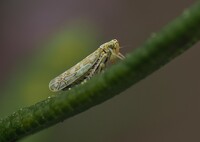 | Photo by: Erin Price-Erwin
Guilford Co.
Comment: | 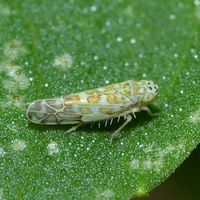 | Photo by: Margarita Lankford
Orange Co.
Comment: https://www.inaturalist.org/observations/172255188 |
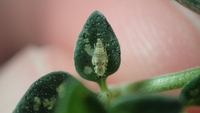 | Photo by: Erich Hofmann and Kayla Weinfurther
New Hanover Co.
Comment: | 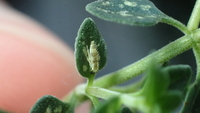 | Photo by: Erich Hofmann and Kayla Weinfurther
New Hanover Co.
Comment: |
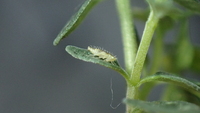 | Photo by: Erich Hofmann and Kayla Weinfurther
New Hanover Co.
Comment: | 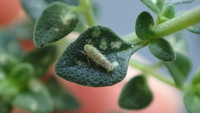 | Photo by: Erich Hofmann and Kayla Weinfurther
New Hanover Co.
Comment: |
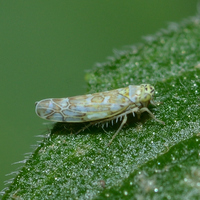 | Photo by: Margarita Lankford
Orange Co.
Comment: https://www.inaturalist.org/observations/115959866 | 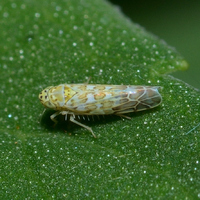 | Photo by: Margarita Lankford
Orange Co.
Comment: https://www.inaturalist.org/observations/91065316 |
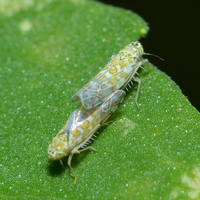 | Photo by: Margarita Lankford
Orange Co.
Comment: https://www.inaturalist.org/observations/84251088 | 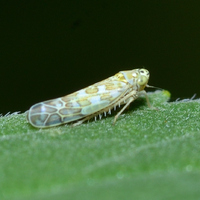 | Photo by: Margarita Lankford
Orange Co.
Comment: https://www.inaturalist.org/observations/82748552 |
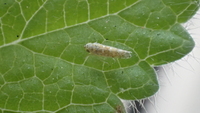 | Photo by: Erich Hofmann
New Hanover Co.
Comment: | 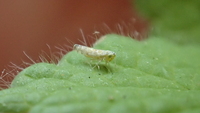 | Photo by: Erich Hofmann
New Hanover Co.
Comment: |
 | Photo by: Margarita Lankford
Orange Co.
Comment: https://www.inaturalist.org/observations/80547514 |  | Photo by: Ken Kneidel
Mecklenburg Co.
Comment: 2.7 mm male came to UV light at night |
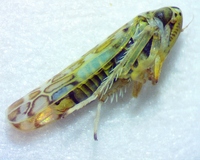 | Photo by: Ken Kneidel
Mecklenburg Co.
Comment: 2.7 mm male came to UV light at night | 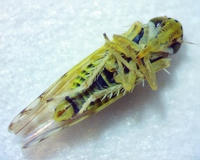 | Photo by: Ken Kneidel
Mecklenburg Co.
Comment: 2.7 mm male came to UV light at night |
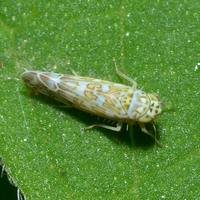 | Photo by: Margarita Lankford
Orange Co.
Comment: https://www.inaturalist.org/observations/80308378 | 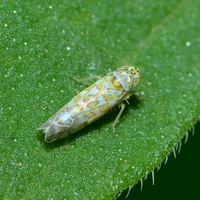 | Photo by: Margarita Lankford
Orange Co.
Comment: https://www.inaturalist.org/observations/77630898 |
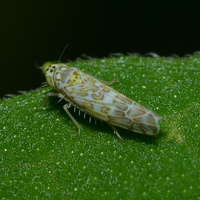 | Photo by: Margarita Lankford
Orange Co.
Comment: https://www.inaturalist.org/observations/77533858 | 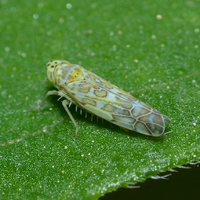 | Photo by: Margarita Lankford
Orange Co.
Comment: https://www.inaturalist.org/observations/75719150 |
 | Photo by: Margarita Lankford
Orange Co.
Comment: https://www.inaturalist.org/observations/75719150 | 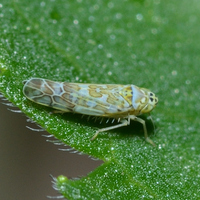 | Photo by: Margarita Lankford
Orange Co.
Comment: https://www.inaturalist.org/observations/75719156 |
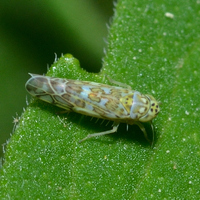 | Photo by: Margarita Lankford
Orange Co.
Comment: https://www.inaturalist.org/observations/75719151 | 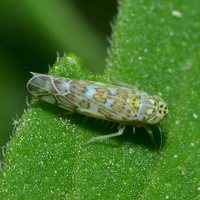 | Photo by: Margarita Lankford
Orange Co.
Comment: https://www.inaturalist.org/observations/75719151 |
 | Photo by: Rob Van Epps
Mecklenburg Co.
Comment: Attracted to UV light. Yard near woods. | 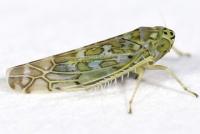 | Photo by: Rob Van Epps
Mecklenburg Co.
Comment: Attracted to UV light. Yard near woods. |
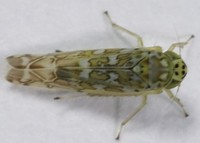 | Photo by: Rob Van Epps
Mecklenburg Co.
Comment: Attracted to UV light. Yard near woods. | 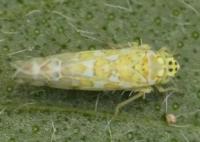 | Photo by: David Enrique
Wake Co.
Comment: |
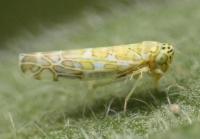 | Photo by: David Enrique
Wake Co.
Comment: | 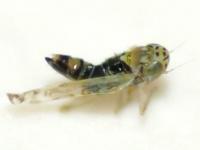 | Photo by: Kyle Kittelberger
Wake Co.
Comment: mixed hardwood forest habitat |
 | Photo by: Kyle Kittelberger
Wake Co.
Comment: mixed hardwood forest habitat |

 »
»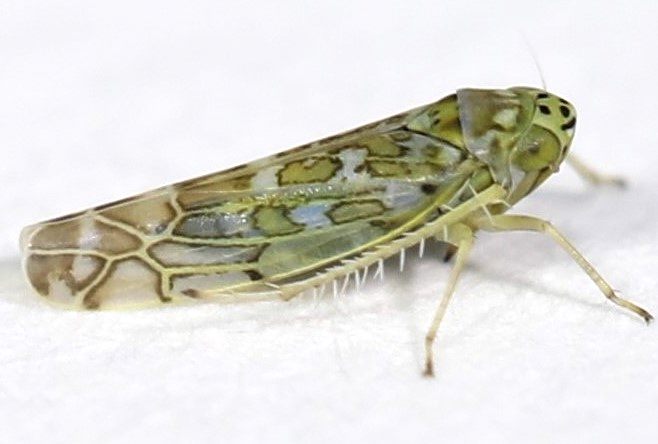
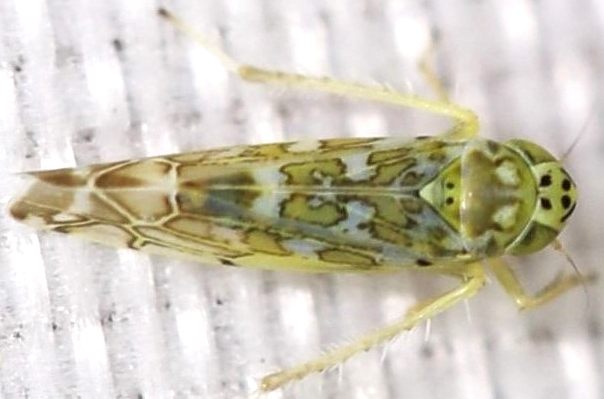
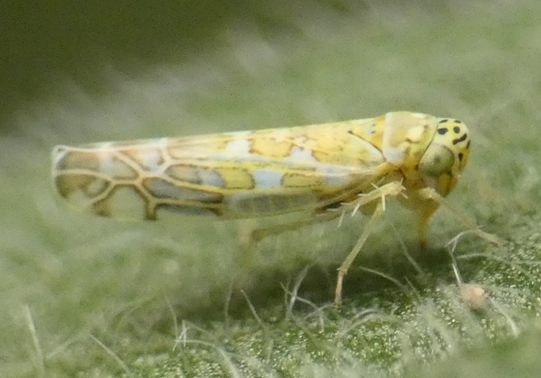
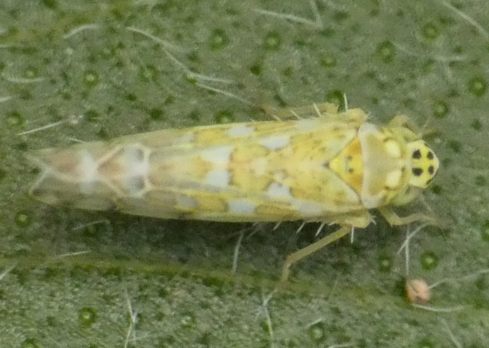

 »
»


